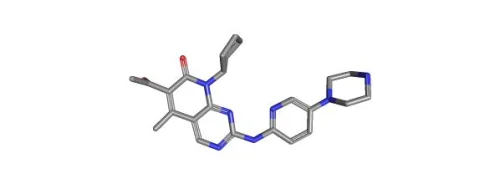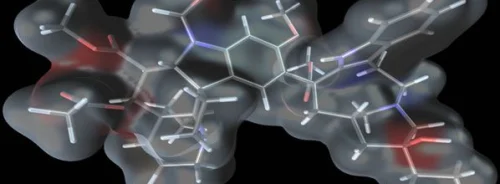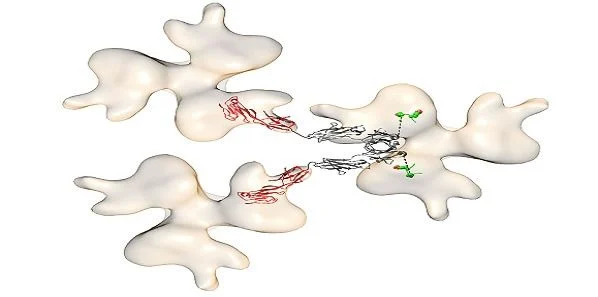Scientists from The Scripps Research Institute (TSRI) have announced the creation of a novel drug candidate that is so potent and universally effective that it could possibly work as part of an unconventional vaccine.
The remarkable research involved scientists from more than a dozen research institutions and has been published in the journal Nature.
The study shows that the new drug blocks every strain of HIV-1, HIV-2 and SIV that has been isolated from humans or rhesus macaques, including the hardest-to-stop variants. The drug also protects against much-higher doses of virus than those that occur in human transmission. The effect of the drug lasts at least eight months after the injection.
“Our compound is the broadest and most potent entry inhibitor described so far,” said Michael Farzan, a TSRI professor who led the effort. “Unlike antibodies, which fail to neutralise a large fraction of HIV-1 strains, our protein has been effective against all strains tested, raising the possibility it could offer an effective HIV vaccine alternative.”
When HIV infects a cell, it targets the CD4 lymphocyte and fuses with the cell. It then inserts its own genetic material and transforms the host cell into a HIV manufacturing site.
The new drug candidate binds to two sites on the surface of the virus simultaneously thus preventing entry of HIV into the host cell. The research team has designed an engineered adeno-associated virus which when injected into muscle tissue turns those cells into factories that produce the new protective protein.
The findings from the study clearly show that the new drug candidate binds to the envelope of HIV-1 more potently than the best broadly neutralising antibodies against the virus. The drug also protects from SIV.
This new advance is the result of more than a decade's work on the biochemistry of HIV and how it enters cells. The study was built on previous discoveries by the Farzan laboratory.
Along with Michael Gardner, TSRI Research Associate the first author of the study, Lisa M. Kattenhorn of Harvard Medical School and Michael Farzan, other co-authors include Hema R. Kondur, Tatyana Dorfman, Charles C. Bailey, Christoph H. Fellinger, Vinita R. Josh, Brian D. Quinlan, Dennis R. Burton, Pascal Poignard, Jessica J. Chiang, Annie Y. Yao, Michael D. Alpert, Ronald C. Desrosiers, Kevin G. Haworth, Paula M, Julie M. Decker, Beatrice H. Hahn, Sebastian P. Fuchs, Jose M. Martinez-Navio, Hugo Mouquet, Michel C. Nussenzweig, Jason Gorman, Baoshan Zhang, Peter D. Kwong, Michael Piatak Jr., Jeffrey D. Lifson, Guangping Gao, David T. Evans, and Michael S. Seaman.
Source: The Scripps Research Institute
Image Credit: The Scripps Research Institute






